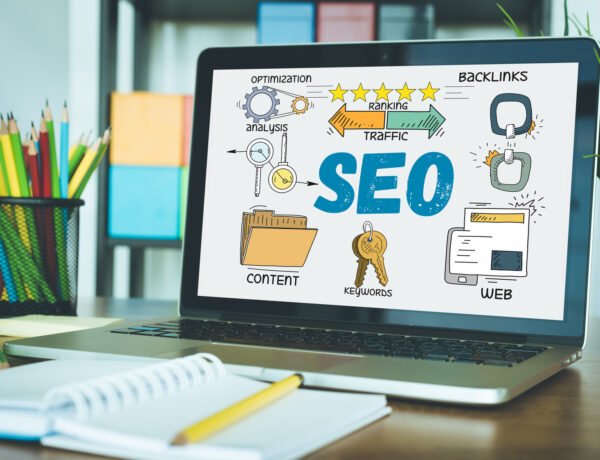The Rise of E-commerce
E-commerce, or electronic commerce, has revolutionized the way we conduct business. With the advent of the internet and technological advancements, traditional business models have been significantly impacted. In this blog post, we will explore the various ways in which e-commerce has reshaped the business landscape.
Increased Reach and Global Expansion
One of the most significant advantages of e-commerce is the ability to reach a global audience. Traditional businesses were often limited to a specific geographic location, relying on foot traffic and local customers. However, with e-commerce, businesses can now expand their reach and target customers worldwide. This has opened up new opportunities for growth and expansion.
According to a report by Statista, global e-commerce sales reached $3.53 trillion in 2019 and are projected to reach $6.54 trillion by 2022. This staggering growth is a testament to the power and potential of e-commerce.
Convenience and Accessibility
E-commerce has transformed the way consumers shop by providing unparalleled convenience and accessibility. With just a few clicks, customers can browse through a vast range of products, compare prices, and make purchases from the comfort of their own homes. This convenience has made e-commerce extremely popular among consumers, leading to a decline in foot traffic for traditional brick-and-mortar stores.
Furthermore, e-commerce has also made shopping accessible to individuals with physical disabilities or those living in remote areas. It has removed barriers and provided equal opportunities for everyone to participate in the global marketplace.
Changing Consumer Behavior
The rise of e-commerce has significantly influenced consumer behavior. With the ability to access a plethora of options online, consumers have become more discerning and price-conscious. They now have the power to compare prices, read reviews, and make informed decisions before making a purchase.
This shift in consumer behavior has forced traditional businesses to adapt and innovate. They must now focus on providing exceptional customer service, unique in-store experiences, and personalized offerings to differentiate themselves from the convenience of online shopping.
Challenges for Traditional Businesses
While e-commerce has brought numerous benefits, it has also presented challenges for traditional businesses. Brick-and-mortar stores are facing increased competition from online retailers, leading to declining sales and store closures. Many businesses have had to reinvent themselves or embrace e-commerce to stay relevant in the evolving marketplace.
Additionally, traditional businesses often struggle with the logistics and costs associated with e-commerce. They must invest in website development, online marketing, and efficient order fulfillment processes to compete effectively in the online space.
The Future of Business
E-commerce is here to stay, and its influence will only continue to grow. Traditional businesses must adapt and find ways to integrate e-commerce into their existing models to stay competitive. This could involve creating an online presence, offering click-and-collect options, or partnering with established e-commerce platforms.
By embracing e-commerce, traditional businesses can tap into a larger customer base, increase revenue streams, and stay relevant in the digital age.
Conclusion
E-commerce has had a profound impact on traditional business models. It has expanded the reach of businesses, provided convenience and accessibility to consumers, changed consumer behavior, and presented challenges for traditional brick-and-mortar stores. However, by embracing e-commerce and adapting to the changing landscape, traditional businesses can thrive in the digital age.



